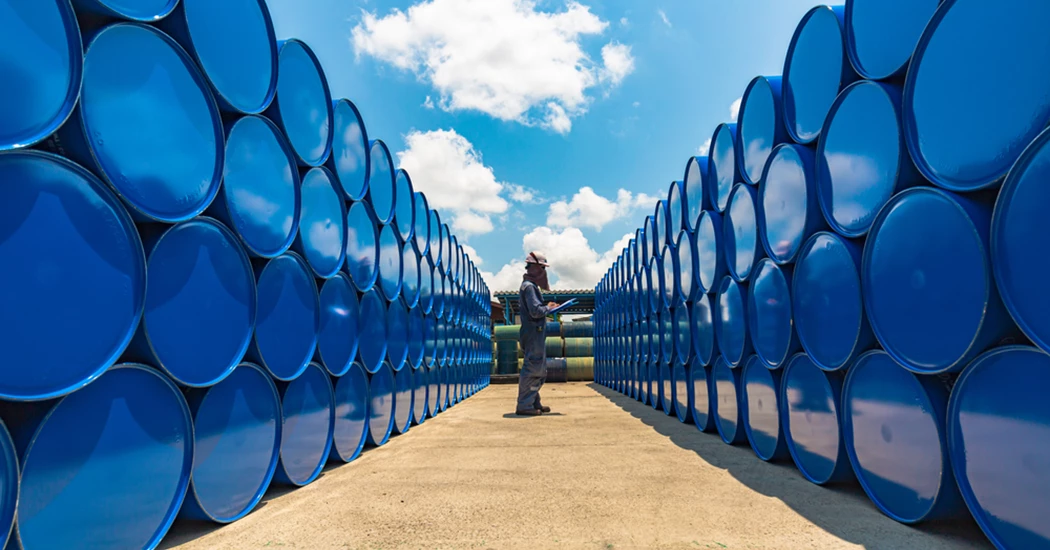How record US oil production has reset global energy market risks
Last week saw US President Donald Trump order strategic airstrikes in concert with Israel on Iran – a key powerbroker and oil producer in the resource-rich Middle East. The magnitude of the development and its implications would have made any oil market risk modeller shudder, and fuel talks of $100 per barrel oil prices in the recent past.
But it didn’t this time.
Instead, many were left speculating if even a $80 ceiling would be smashed. In the end, as hostilities showed signs of easing, that price band also failed to materialise for any length of time using Brent as a benchmark. Why? Because the event unfolded in 2025 and not 2005.
For over the last two decades, despite two major market crippling macroeconomic events in the shape of the global financial crisis (2009) and the Covid-19 pandemic (2020), and a major domestic accident (Deepwater Horizon oil spill in 2010), US oil and gas production has held its own.
A mix of factors – including but not limited to, the spirit of private enterprise, tenacity of drillers both large and small, solid access to capital, entry of energy majors into unconventional shale plays, and a continental shelf ripe for fracking onshore and deepwater exploration offshore – have catapulted the US to the position of the world’s largest oil producer.
Is $80 the new $100?
Going from being a net importer of oil in 2005 when President George W. Bush was in the White House, the US is currently pumping north of 13 million barrels per day (bpd) in 2025 fresh into round two of a Trump presidency.
The country presently leads a group of fellow non-OPEC producers such as Brazil, Canada, Guyana and Norway, in putting enough oil out in the market to service current global demand growth projections for this year in the region of 1 million bpd.
This development, in tandem with an uncertain economic climate, has not just tempered the infamous geopolitical risk premiums but effectively recalibrated them lower for now.
Focus on the Strait of Hormuz
Ample proof of this was offered by outlandish speculation in the wider market about Iran closing the Strait of Hormuz – a key maritime artery for oil and gas shipments from the Arabian Gulf out to the Gulf of Oman and beyond.
The Iranians have been threatening to do so since the mid-1980s but have never even attempted it, let alone done it, given it will first and foremost be an act of self-harm. Afterall, their own their exports would be among the hypothetically blockaded 20 million bpd-plus of oil shipments that pass through the Strait every day.
But no matter what was thrown the market’s way sentiment-wise, Brent futures still got nowhere near $100. In fact, at the first sign of a de-escalation, the front-month contract shed all its gains, fell rapidly over two sessions and erased the 20% month-over-month uptick from end-May. That’s as quick a de-risking as any in recent memory.
Role as an effective producer
The risk versus price guesstimates of market modellers must now factor in the powerful, potent and near-persistent hydrocarbon clout of the US, with the ebb and flow of the country’s output that’s unlikely to be steady given the nature of shale production.
This clout does not extend to the status of the US becoming the world’s buffer producer of oil. That status belongs to Saudi Arabia, whose stable conventional production and spare capacity is something the US can’t provide to the world.
An American barrel also can’t compete on margins with a Middle Eastern one. The cost of US production is in the $30-50 per barrel range depending on acreage location stateside, but under $10 in the case of many Middle Eastern producers.
But what it does, is boost non-OPEC oil volumes, offer an alternative to buyers, and, as has been visible for the past few weeks – provide more diplomatic manoeuvrability and political capital to the US in sticky situations.
Minimal impact
It’s why there was wider belief in some corners of the market that should the Israel-Iran conflict, as well as the US’ backing of Israel, turn out to be a short-lived affair with minimal impact on energy infrastructure, as it did – so would a tempered spike in prices.
It also allowed President Trump to claim military success and assertive diplomacy, without upsetting the car-driving voter at home ahead of the US summer driving season. In fact, the average fuel consumer barely felt a thing, both within and beyond the US during the conflict. In many OECD nations, prices at fuel pumps continued to hover around lows last seen in 2021-22.
While US production may plateau in 2027 in the eyes of many, volumes will likely remain elevated compared to the last decade.
That’s courtesy of hedging strategies deployed across the Permian, and the oil majors bringing operational prudency and their deeper pockets to the US shale patch. Therefore, expect this dynamic and the domino effect of lower risk premiums to continue for some time yet.
Energy Connects includes information by a variety of sources, such as contributing experts, external journalists and comments from attendees of our events, which may contain personal opinion of others. All opinions expressed are solely the views of the author(s) and do not necessarily reflect the opinions of Energy Connects, dmg events, its parent company DMGT or any affiliates of the same.






